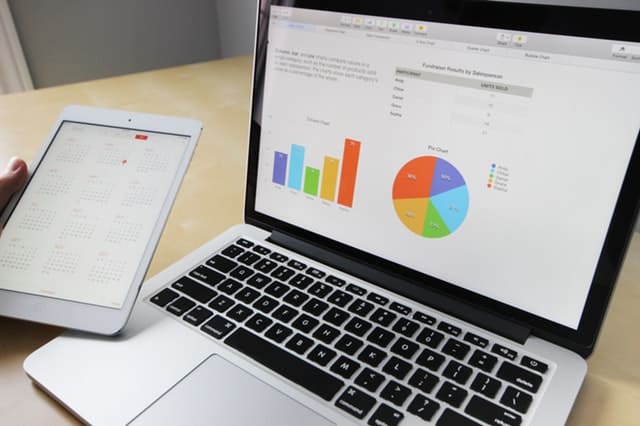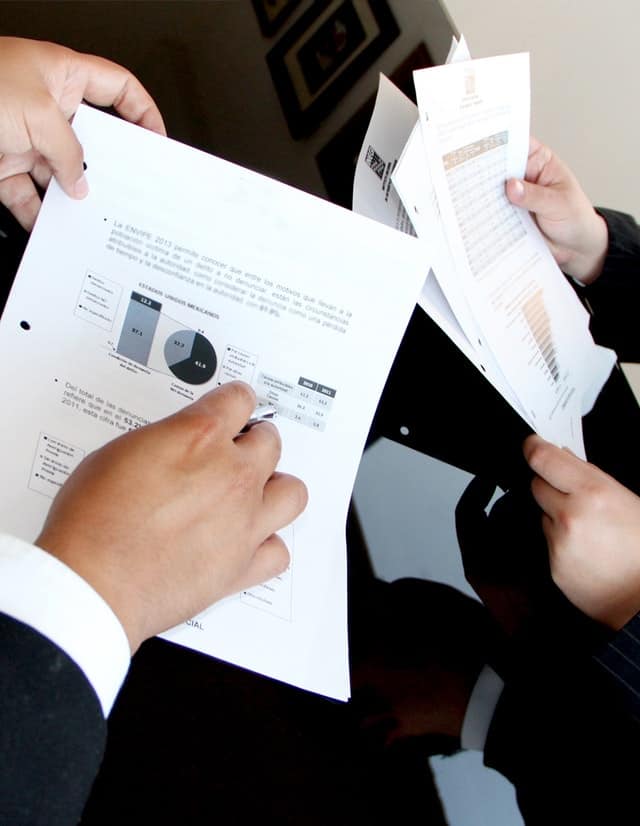By Ashley Preen
January 2, 2020
Cash flow is one of the leading indicators of the financial status of your business. It is the one that reflects the liquidity of your trade, and its essential utility is to ensure the best possible use of money.
One of the biggest challenges of accounting analysis is to reflect the financial reality of the business. At first glance, a trade may seem very healthy in your accounts. But it is important that beyond the results, pay attention to the cash flow of your business. This indicator is composed of the accounting result of your business + depreciation + provisions. That is, in a given period, the results, amortisation and rules are added.
Amortisation is a cost that does not imply money withdrawal at the moment. They represent an asset you work with, without meaning a real outlay. Then, through the cash flow, your financial availability, or the cash that your business can generate in a given period is clarified. A cash flow statement allows you to manage income and expenses to anticipate financial problems.
It will reveal the financial health of your business, its progress, and its evolution. Provide information about your real possibilities of fulfilling payment commitments. You will know if you generated enough cash to meet your suppliers and creditors and also, how an investment will impact your cash flow projection. It is an indispensable tool to adapt your needs to your real possibilities.
Here will appear the different types of cash flow and cash flow problems, which are divided according to their origin. Given the operation, that arises from investments or divestments and the one that results from the financial services, you will also have to adapt it according to the destination: shareholders, reinvestments, debt amortisation, among others.
Cash flow is especially useful for comparing different exercises, but it has its limitations. The point is that the accounting benefits are being computed as collections, which is not real. Having invoiced and accounted for a sale does not imply that you have collected it. Part of the sales and profits of an exercise may be pending collection in the second. They may not even be charged, and you have accounted for them.
That does not mean discarding a cash flow forecast, but understanding its limitations and using different ways to calculate it. For some purposes, the exemplary accounting cash flow can help you. But for others, you can use the methods of direct or indirect estimation of cash flows.

A simple spreadsheet will avoid many money problems for your business or commerce. Good cash flow will allow you to have in view the projected income and expenses to make better decisions.
Positive net cash flow indicates that we have entered more resources than we have lost. When measuring the amount of cash, positive cash flow means that the company’s current assets are increasing. Thanks to existing assets, we obtain liquidity to face debts, investments and payments to shareholders.
Also, positive cash flow is great for investors, loan applications, or the security of a creditor by providing credit sales if we see that our cash flow is negative, we should know what to do if our account threatens to be negative. That is cash management 101.
Cash flow from operations (FCO): Entry or exit of money as a result of the economic dynamics of the business.
Investment cash flow (FCI): An expected influx of money to your business as a result of sales or acquisitions of non-current assets.
Financial cash flow (FCF): A consequence of the issuance or return of debts or other financial resources.

Cash flow is an excellent method to acquire information about financial statements. In turn, it helps us to anticipate future inconveniences. Therefore, the first evaluation of it must be taken for the decision making of the company. Not always having a large number of assets means having a high availability of liquidity. That makes it a handy tool to analyse the situation of a business.
Reasonable cash flow control is essential to maintain financial health. Small and medium-sized companies, when dispensing with a commercial department, it’s very good to leverage tools and solutions that outsource financial analysis and control. Finutive acts as a virtual financial advisor and keeps the cash flow under control. You will see how your business finances become more efficient.
Companies make money by selling products and services in different ways, and it largely depends on their business model. A business that is more consumer-oriented, such as a café or a restaurant, take immediate payments from customers. This way, cash comes quickly and faster. That allows restaurant businesses to have a constant and ongoing inflow of money.
At the same time, some companies do not generally receive immediate payments from their customers. This business model is standard in the B2B (business to business) sector. For instance, Company A does not make direct sells to a customer. Instead, it sends an invoice with a validity of up to a few weeks.

Small businesses may have a difficult situation to deal with here. They cannot always push larger companies for flexible payment terms, as in not leave the wrong impression. It is still mindful for UK businesses to keep notice of these payment terms provided by the UK government.
The first strategy is to increase cash inflow. But we cannot ignore the expenses and incorrect tracking as to where the money of the business is going. Curbing on costs is a challenge that every company in the UK faces. One of the most effective strategies is to control where you plan to invest. For many businesses that are not as profitable, investing back into the company would be a luxurious prospect, quite challenging to achieve.
Even if your business is new in operation, you are supposed to take a step back from investing back into the market as a way of increasing growth. In the long term, it can be detrimental to your cash flows.
No matter what strategy you employ to improve short term and long term cash needs of your company, the most effective strategy is to find a balance between inflow and outflow.
To make sure that you have constant, working capital at your disposal, allow your business to have the cash immediately available to meet your short-term business needs. If your company earns a surplus, then save it back and prevent from re-investing or spending without many purposes. Also, any credit payments should be paid in the first instance to avoid the charges of interest.
However, it can also cause a long-term disadvantage and hurt your business growth. If your business continues to save profits and not invest in the market, then growth would come to a halt. The primary purpose of any marketing is to be profitable. Scaling up a business means having higher yields, which can be spent on marketing, promotion, R&D, etc. to achieve more growth.

By learning to forecast cash flows and maintaining a balance, it allows companies to stay on the right track and meet their most dire capital needs. Through the cash flow strategies explained in this article, your business can improve the financial situation and be more sustainable in the long term. These tactics are applicable and practical, both in the short and long time. You can avoid a cash flow problem, which becomes a disaster in the long term if not rectified.
With adequate cash flow, you can steer your business towards more growth and feel confident about attracting more investments. Plus, it also looks good on the books and can be a convincing factor for banks to provide loans or investors looking to inject capital.